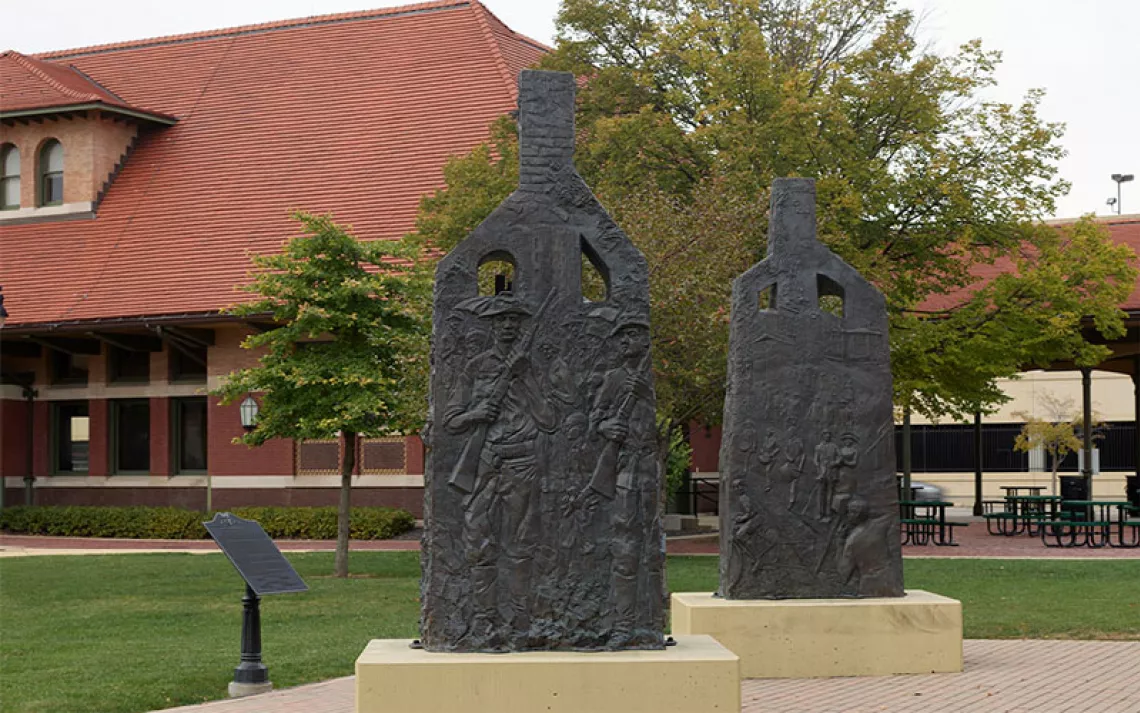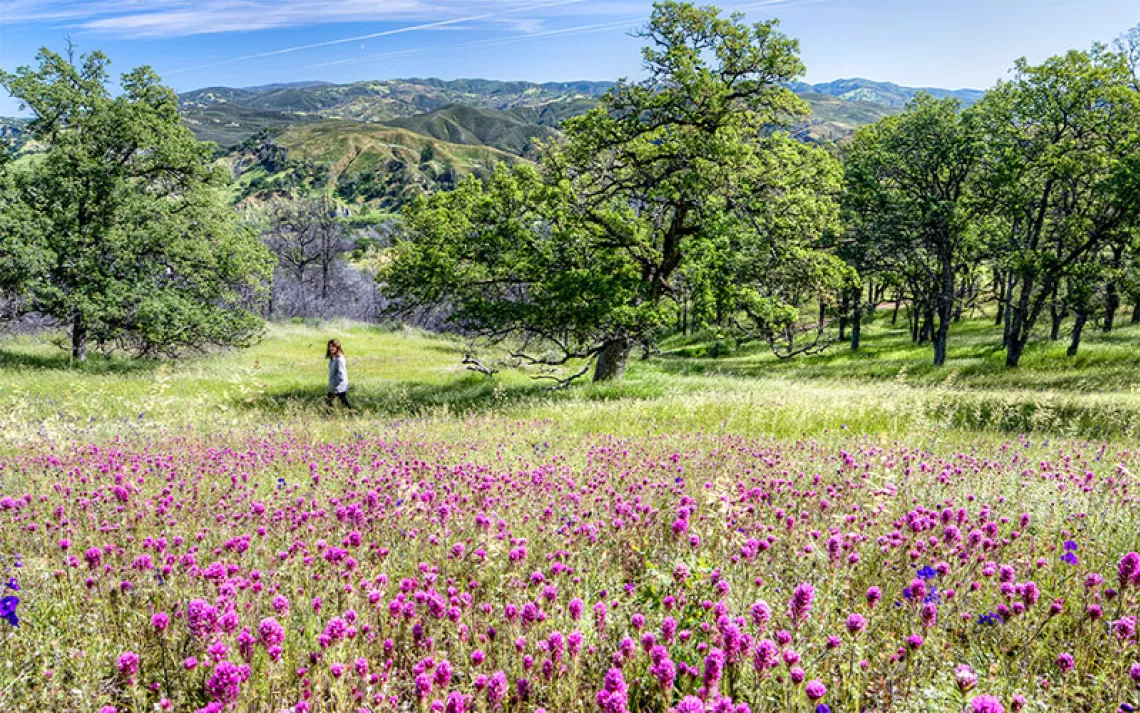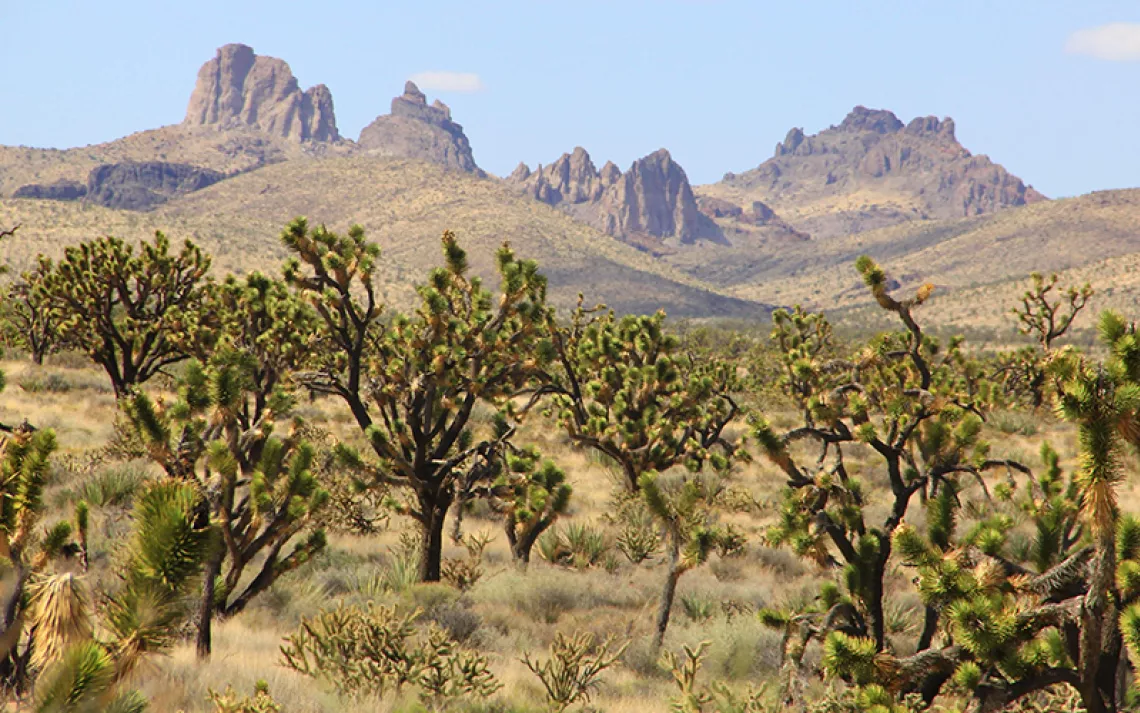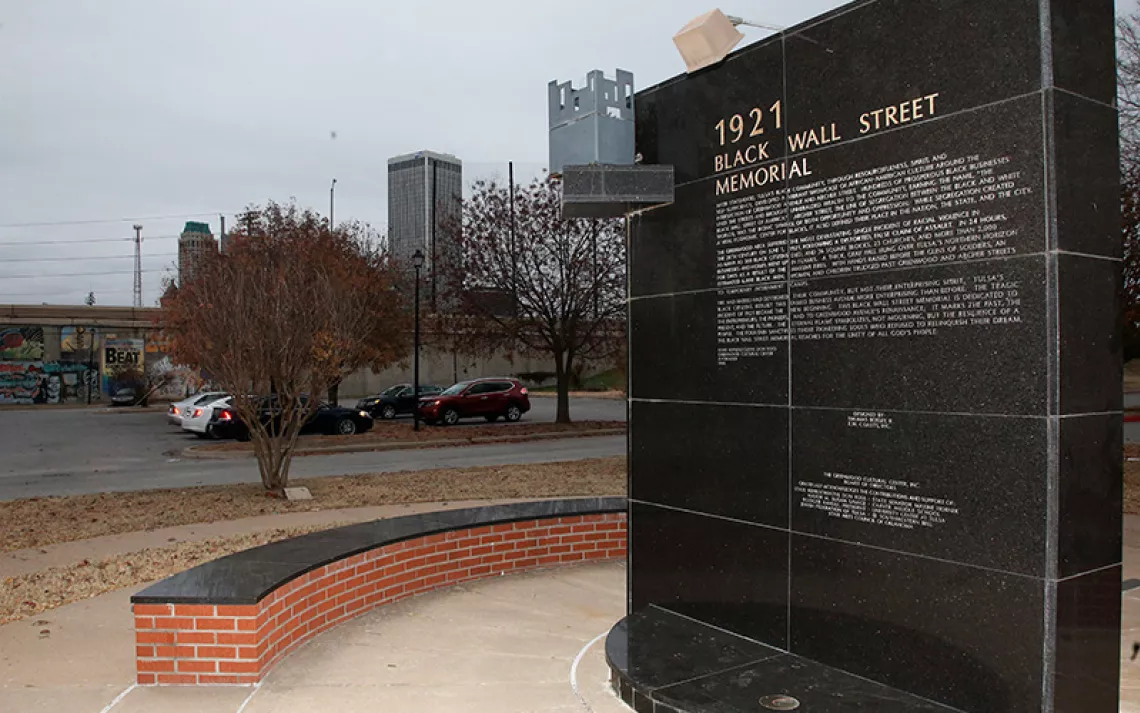Zinke Moves to Downsize Bears Ears Despite Overwhelming Public Support
Interior secretary, stuck between rock and hard place, attempts a Solomonic decision
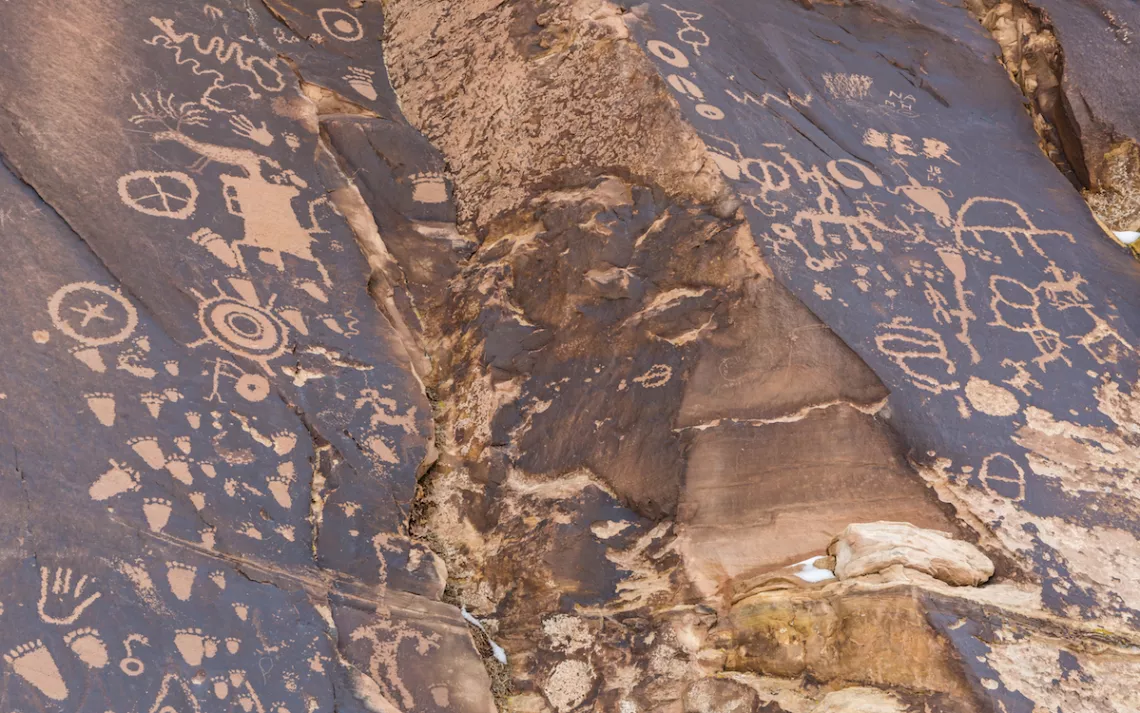
Photo by tupungato/iStock
Interior Secretary Ryan Zinke on Monday released his interim recommendation for the fiercely contested Bears Ears National Monument in Utah and suggested that the president shrink the boundaries of the 1.35-million-acre preserve, though he stopped short of recommending an abolishment of the monument.
Since President Trump in April ordered him to conduct a sweeping overhaul of dozens of national monuments, Secretary Zinke has been stuck between a rock and a hard place. On one side are portions of Trump’s political base, including antigovernment fundamentalists who hate the mere idea of federal public lands and have been hoping that Secretary Zinke would recommend the president take the unprecedented move of rescinding some national monuments. On the other side are conservationists, Native American tribes, and the majority of Americans (including Westerners) who say they support the federal government’s role in protecting national monuments and other public lands.
On Monday, Secretary Zinke attempted to thread the needle when he unveiled his interim recommendations on Bears Ears National Monument. The effort appeared less-than-successful, as many stakeholders quickly expressed disappointment with the plan.
Speaking with reporters, Secretary Zinke was careful to say that “a final recommendation will not be made until we complete the final review of the other monuments” and that “we are not at the point of drawing specific lines on a map.” His official report to the president, delivered over the weekend, makes clear that he will recommend significant reductions in the size of the monument, which President Obama established under the Antiquities Act. The final report is due to the president on August 24.
“The recommendation is to revise the existing boundaries,” Secretary Zinke said. He went on to say that while some areas possess so many prehistoric cultural artifacts that they are “beyond dispute” for monument protection—including the Bears Ears geologic formation itself and sites north of a formation called Newspaper Rocks—other areas of the monument should be converted to either national conservation areas or national recreation areas. “We’re asking Congress to review the current lands” in the monument, Secretary Zinke said.
Secretary Zinke’s proposal to significantly reduce the size of Bears Ears National Monument generated swift condemnation from conservation groups. “President Trump made it clear the fix was in from the moment he signed the executive order [on national monument review], despite overwhelming public support for national monuments,” Jennifer Rokala of the Center for Western Priorities said in a statement, which noted that more than 90 percent of the comments filed during the 15-day public comment period on Bears Ears were in favor of keeping the monument as is. Sierra Club executive director Michael Brune said, “Diminishing protections for the Bears Ears National Monument is an affront to the sovereign Tribal Nations whose cultural heritage is at risk.”
Secretary Zinke’s draft recommendation is also unlikely to please the most vocal opponents of the monument, who continue to seek a complete revocation of the monument.
During his Monday briefing, Secretary Zinke went out of his way to praise the historic arrangement between the federal government and Southwest Native American nations—established under President Obama’s original monument designation—for comanagement of Bears Ears National Monument. Secretary Zinke said such comanagement will continue even if the monument is reduced in size. “After talking with all the tribes, it’s imperative that they have an active role in management,” Secretary Zinke said. “We view this as a tremendous opportunity going forward, and we believe there are other monuments and monuments to be that are suitable for comanagement. . . . I would say that, overall, talking to tribal leadership, and I have talked to all parties, and I think they are pretty happy and willing to work with us.”
But on Monday afternoon Native American spokespeople blasted his interim recommendation. “I would dispute the characterization” that the tribes are “happy,” Natalie Landreth, a senior attorney at the Native American Rights Fund, which is representing some of the Southwest tribes that spearheaded the creation of Bears Ears National Monument, said on a call with reporters. “They don’t want this reduced, period. And they can’t be bought off with a management scheme. . . . The announcement today does not change the tribes’ views—the only correct decision is to keep Bears Ears as is.”
During that same press conference, Ethel Branch, the Navajo Nation attorney general, told reporters, “We feel there is no reason to revisit these boundaries. The full landscape, as designated by President Obama, are essentially holy lands to us, as they are to other tribes.” As for the Interior secretary’s claims that federal-tribal comanagement of Bears Ears would respect Native self-determination, Attorney General Branch expressed frustration: “If this is a reflection of what tribal sovereignty means to Secretary Zinke, I am greatly concerned.”
Many legal scholars are skeptical of whether the president even has the authority to significantly reduce, much less rescind, a national monument established by a predecessor. The constitutional uncertainties surrounding the Antiquities Act were likely part of Secretary Zinke’s political calculus in recommending that Congress should settle questions such as tribal comanagement and how (or whether) to change management practices of federal wilderness areas within the monument. But the last attempt to protect public lands in Utah—Utah representative Rob Bishop’s 2016 Public Lands Initiative—went nowhere, which is exactly why President Obama was forced to resort to using his powers under the Antiquities Act.
Questioned about what, if anything, has changed in Congress to make him optimistic that a new Utah lands-conservation bill could pass, Secretary Zinke on Monday responded with two words: “President Obama.”
But given conservation groups and Native American nations’ staunch opposition to shrinking Bears Ears National Monument, such optimism appears misplaced.
“If they put this plan before Congress, I will fight him [Trump] every step of the way,” Senator Tom Udall, a New Mexico Democrat whose family were among the first white settlers in southern Utah, said on Monday. “This is part of a larger effort by the Trump administration to privatize public lands . . . and help big polluters. I won't stand by and let the Trump administration try to open the door to selling our public lands off to the highest bidder.”
 The Magazine of The Sierra Club
The Magazine of The Sierra Club
